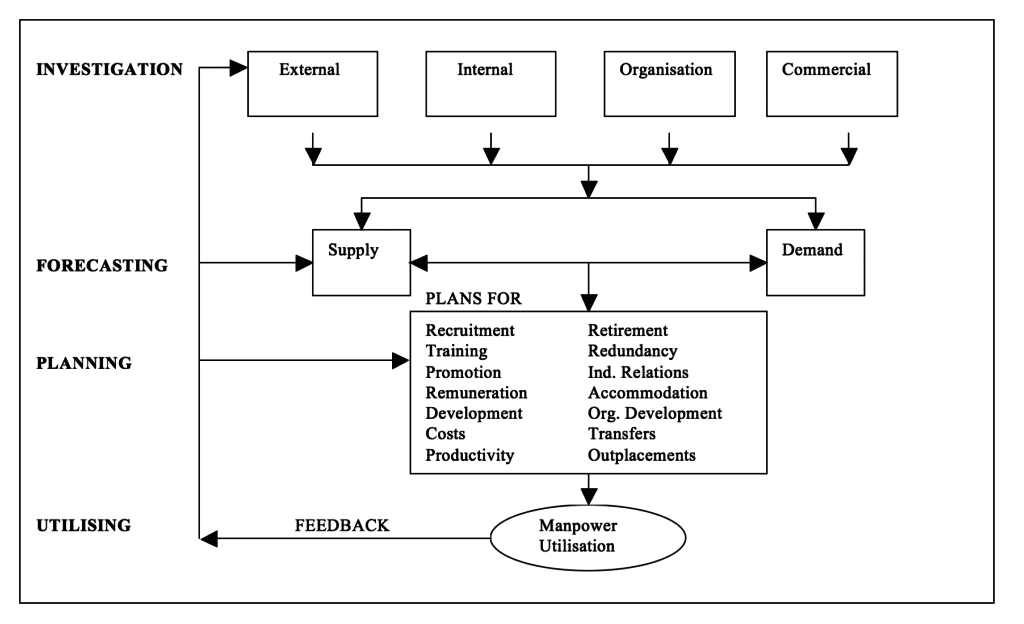Understanding the difference between manpower and labor is essential in today’s workforce management. These terms are often used interchangeably, but they have distinct meanings. Let's explore what sets them apart.
Definition of Manpower
Manpower refers to the total number of people available to work. It encompasses all employees, from entry-level workers to top executives, in any organization. Manpower is about the quantity and availability of human resources required to perform various tasks.
Definition of Labor
Labor, on the other hand, focuses on the physical and mental efforts exerted by workers to produce goods and services. It is often associated with manual work but also includes skilled and intellectual work. Labor is the effort that drives productivity.

Image Source: carnaghan.com
Key Differences between Manpower and Labor
Scope and Context
Manpower: Encompasses the total workforce available, considering both current and potential employees.
Labor: Concentrates on the actual effort put forth by workers, whether physical or mental.
Usage in Business
Manpower: Used in strategic planning to determine the number of employees needed, their skills, and how they will be deployed.
Labor: Used in operational contexts to describe the work done, its intensity, and efficiency.
Measurement
Manpower: Measured in terms of headcount and availability.
Labor: Measured in terms of hours worked, tasks completed, and productivity.
Examples to Illustrate
Manpower Example: A company planning to expand its operations will assess its manpower needs by calculating the number of additional workers required.
Labor Example: During a busy season, a retail store may need extra labor to handle increased customer traffic, which involves longer working hours and higher productivity from its staff.
Importance in Workforce Management
Manpower Planning: Ensures that the right number of employees with the right skills are available to meet the company’s objectives. It involves recruitment, training, and retention strategies.
Labor Management: Focuses on optimizing the work done by employees. This includes scheduling, workload distribution, and improving work conditions to enhance productivity.
Conclusion
While manpower and labor are closely related, they serve different purposes in workforce management. Manpower is about the availability and deployment of workers, while labor is about the actual work performed. Understanding these differences helps businesses effectively plan and manage their human resources.
By distinguishing between manpower and labor, companies can better align their strategies to meet both their short-term operational needs and long-term strategic goals.




























